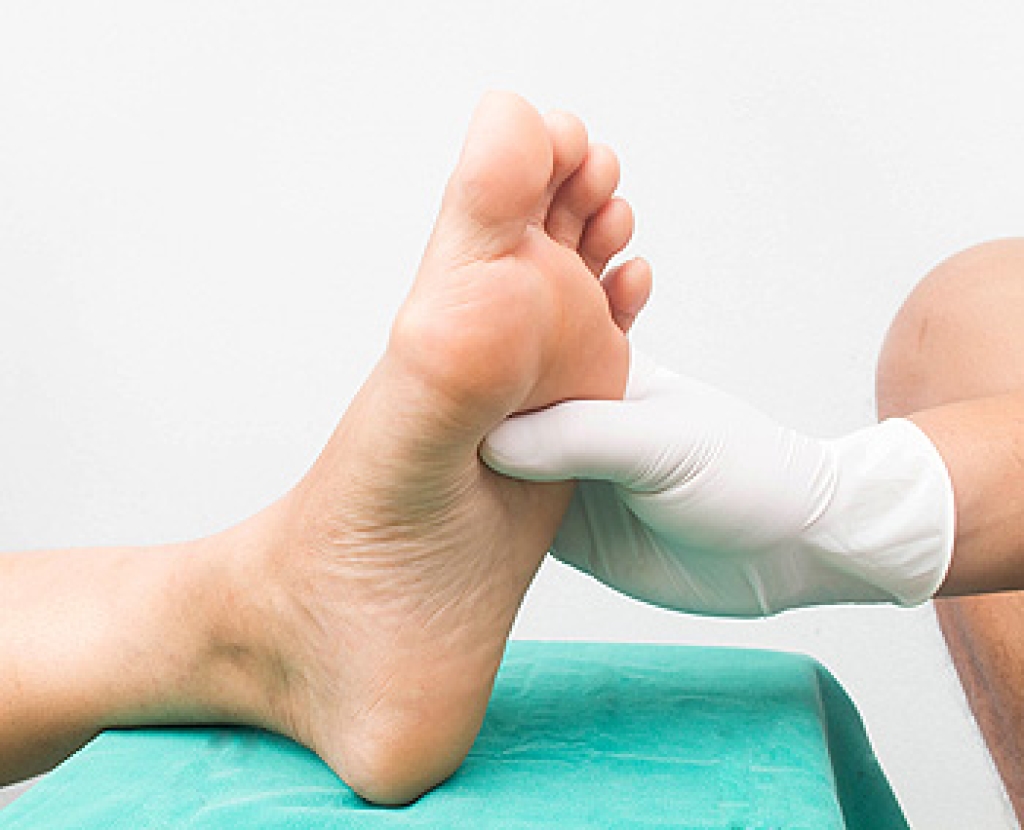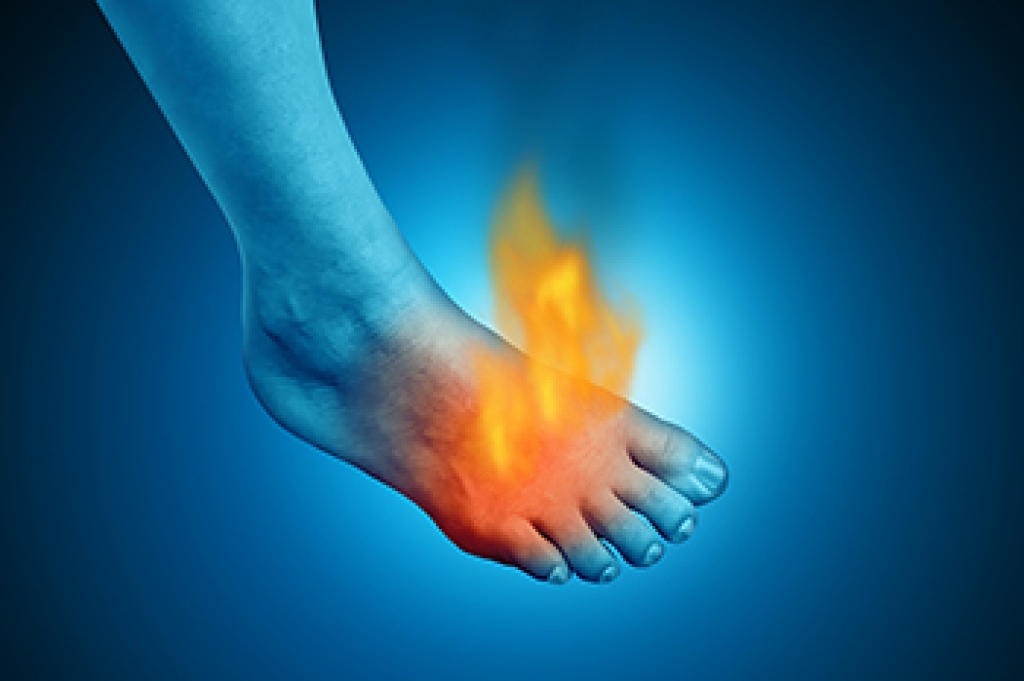
Proper foot care is essential for individuals living with diabetes. It is important to take time each day to carefully inspect your feet for any sores, blisters, redness, or swelling. Catching small problems early can prevent serious complications. Other measures include washing your feet every day with warm water and mild soap, gently drying them afterward, especially between the toes. Choosing shoes that fit well and offer good support helps avoid rubbing or pressure that can lead to ulcers. Toenails should be trimmed straight across and kept short to reduce the risk of ingrown nails. Walking barefoot can lead to injury, so it is a good idea to wear protective footwear, even at home. If you have diabetes, and especially if you have any complications, it is suggested that you schedule an appointment with a chiropodist who can provide treatment and help you to manage this serious condition.
Diabetes can cause serious problems in the lower limbs if proper preventive measures are not taken and diabetic wound care is not performed. If you would like to learn more about caring for diabetic feet, please consult with one of the chiropodists from The Footcare Centre. Our chiropodists can help you maintain the health of your lower limbs and your mobility.
Diabetes can lead to a host of foot and ankle complications, including:
- Poor circulation
- Peripheral neuropathy
- Diabetic foot wounds and ulcers
- Infection
- Corns and calluses
- Dry, cracked skin
- Nail disorders
- Hammertoes
- Bunions
- Charcot foot
If you have diabetes, you must be vigilant of any changes in your foot health. This is best done through daily foot inspections. Using a mirror to help you if necessary, look for any:
- Cuts, scrapes, sores, or wounds
- Bruising or discoloration
- Swelling
- Rash
- Foul odor
- Nail changes
- Hair loss
- Warmth and inflammation
- Deformities
- Lower limb pain
- Strange sensations (numbness, tingling, burning, pins, and needles)
If you have any questions please feel free to contact our office located in Niagara Falls, ON .




